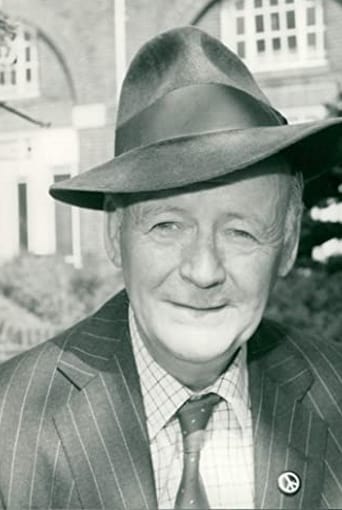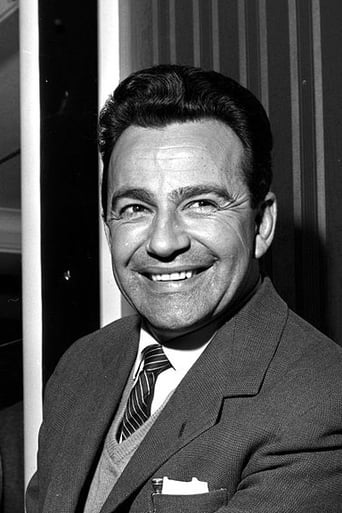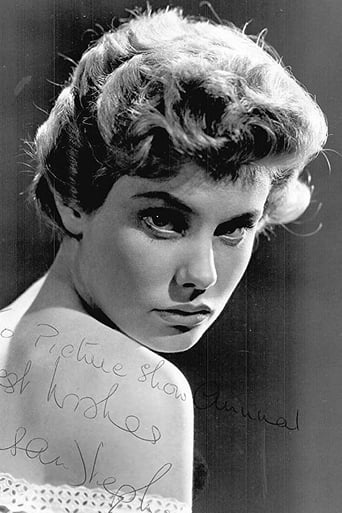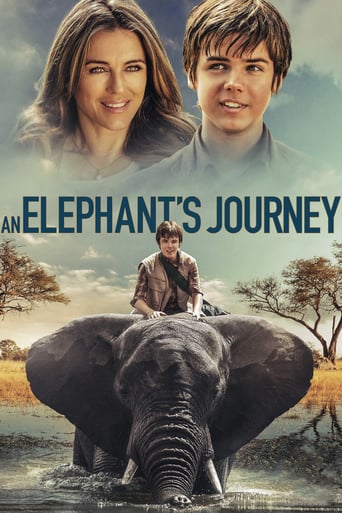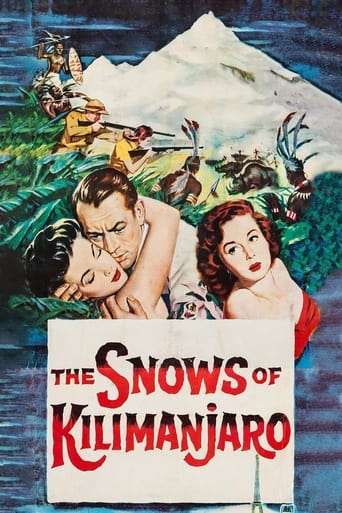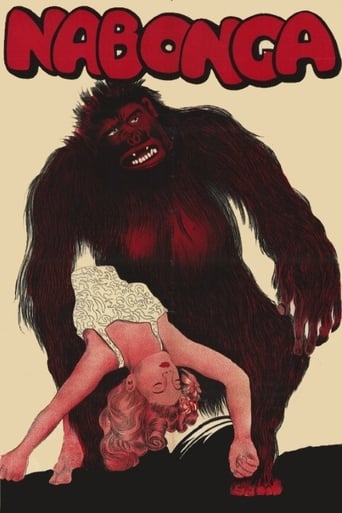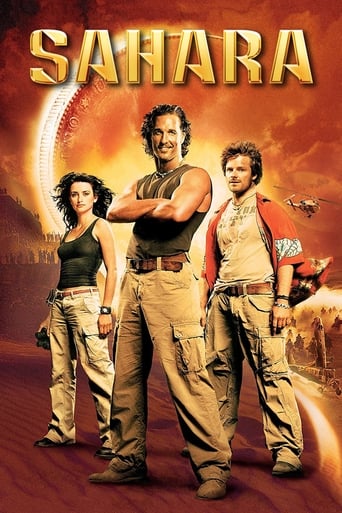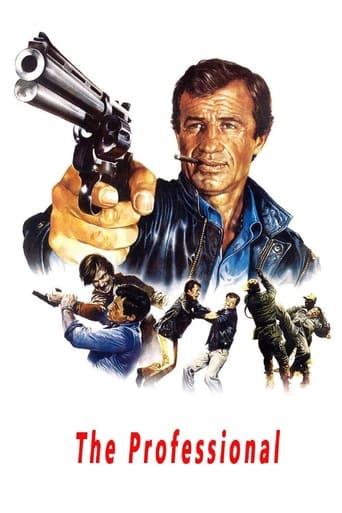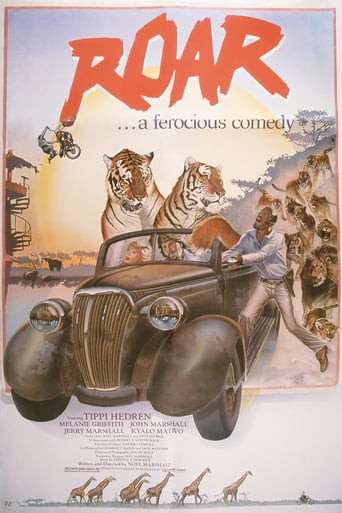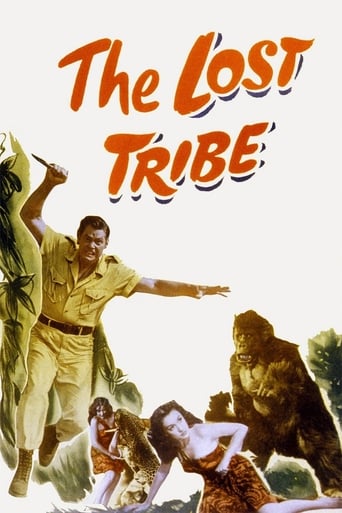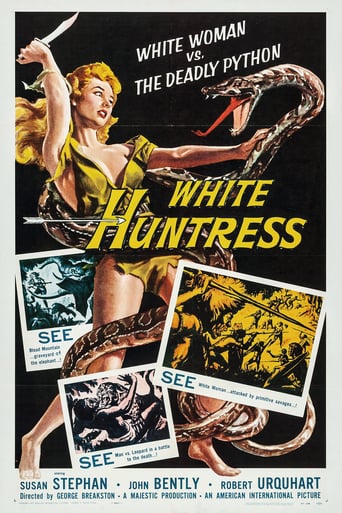

Golden Ivory (1954)
Set amid the magnificent scenery of the Kenyan bush, this safari adventure from 1954 depicts the many dangers faced by a group of British settlers in East Africa during the last decade of the nineteenth century.
Watch Trailer
Cast


Similar titles
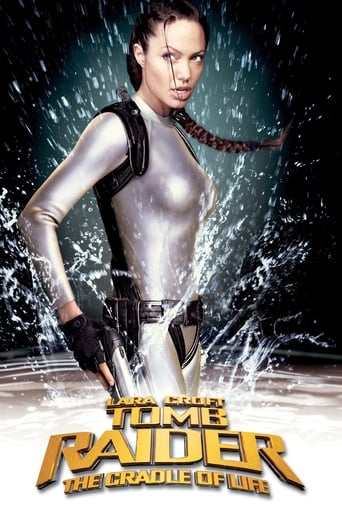
Reviews
"Displaced Australians roaming the range of the east Kenyan outback, their noble brumbies riding hard" this could have been the headline of this flick's advertisement appearing in any country's 1950's newspaper. Richard Urquhart, a Scotish actor and presenter of civil defense bulletins, in real life, finds himself hitching up the oxen of actress Susan Stephen, whose best supporting role came as the once wife of Brit film director Nicholas Roeg. They and a stumbling band of covered wagoners wander across the Kenyan hinterlands. This is Masai country and they make a serviceable stand-in for Apaches as this is a transported Western. Instead of a cattle drive, they are searching for the Blood Butte, a kind of netherworld of dead Masai warriors. Why is never made clear. The countryside is filled with the usual animal terrors including snakes, hyenas and fights between various beasties. This is a tough place, unfit for a white woman, let alone a white huntress, which is nowhere to be found. The one young white gal keeps wandering off into the bush for various reasons none of which are entertaining or meaningful."The white man is master" as one of the men utters, is the true message of the African outback: everything must be tamed, made safe for future family outings on Sunday afternoons. The natives, naturally, don't like this message, but as we all know too well, this land is ours for the taking."White Huntress" is a tired rip off of the "King Solomon's Mines" routine and a mumble fest of multinational accents. Perhaps, a tad better than swimming in a barrel of hammer head sharks, but not by much.
"The White Huntress" (original British title "Golden Ivory") was shot on location in Kenya in 1954, and first released in the US in 1957. While it is true that the American ad campaign was misleading, there is a brief (one minute) sequence which features a huge python crawling across the neck of our sleeping heroine (Susan Stephan), who calmly reaches for her knife and stabs the reptile to death. I went in expecting little, but I must say that it didn't bore me, simply accepting it for what it is. Scriptwise, there's nothing we haven't seen before, but the location shooting makes for a more authentic African adventure than Hollywood could ever muster, and there appears to be no stock footage that's been seen in countless cheapies before or since. The two brothers do lead the settlers into danger, but only the good one (Robert Urquhart) falls for the heroine, the other too preoccupied with booze and greed to notice much beyond fool's gold. I would surmise that most viewers may wish that the filmmakers had concentrated on the behind-the-scenes action that resulted in a movie that few people would have wanted to see. This appears to be one of those color films that saw TV exposure only in cheaply done black and white prints, until the advent of full time color resulted in these titles falling into even greater obscurity. That is also the reason why this, and other color films like "Manfish" (1955), are only available today in B/W. "The White Huntress" aired just once on Pittsburgh's Chiller Theater, as the first feature on November 14 1964 (paired with 1957's "Blood of Dracula").
Yes, the title is not only misleading but downright inaccurate. Two brothers take an extended family out into the dangerous Masai country in East Africa to make a small settlement and become fast friends with the powerful natives. Along the way a romance develops with the leading man Robert Urquhart( a workmanlike actor and performance) and a young lady whose parents were killed by other natives. We get a lot here with African wildlife playing a fairly significant part and being believably presented. The acting is overall decent and the story not terribly bad. What does all this add up to? A rather banal and bland film. The film did manage to hold my attention enough though, and I was somewhat interested in some of the characters and the story. The final story with the brothers reminded me much of what happens between the two brothers in Lost Horizon. The direction is nothing short of average at its best moments but never descends into amateur hour either.
After receiving some information from a dying explorer. Two brothers set off in the search of an elephant graveyard for its highly priced ivory, but along the way they stumble by a small band of English settlers planning to farm and settle somewhere in the East Africa plains. They hire the two hunters as their guides, and unknowingly to the settlers, they secretly lead them in the dangerous direction (which is filled with deadly wildlife and unwelcoming natives) to eventually get their wealthy payout. However could a woman come between the goals of the brothers? A Tarzan movie without Tarzan? Where's the man when you need him. Well it might have been far more interesting if he did appear, than the lacklustre and very sluggish effort we got here. Everything about it is misleading. Namely the film's eye-catching tag line; "White woman vs. deadly python." Where was my lady vs. snake sequence? Oh there was something along those lines, but really was that it. Talk about lousy. Not that I think this was a bad movie, but instead a frustrating one that promises something it didn't deliver. Forget about that tempting cover-artwork too. Director George P. Breakston goes onto fulfil a technically flat (just look at the attack sequences involving snakes and "blood-thirsty" natives) and fundamental job without the slightest sense of energy or inspiration. What seem like it was going to be some tacky, cheap fun became a drawn-out, colourless and polite jungle adventure. Chuck in for good measure is the usual animal stock footage one sees in these early safari presentations. Writer Dermot Quinn predictably pens a rather limp script of little surprises and scrap together a basic plot that equals a terribly bumpy trek. The performances don't hurt, but no one really stands out and everyone basically gets lost in not very well presented background features. The African setting is far from enticing, and unattractively framed, but I found the wildlife captivating enough. Maybe they should have centred on it and turned into a documentary. Some odd scenes are played for a comical effect, with lesser results and the more serious moments is where I found myself snickering.


